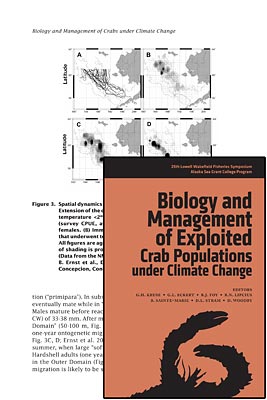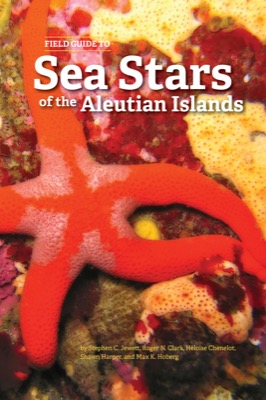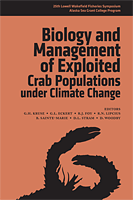
Relationship of Oceanographic Variability with Distribution and Prevalence of Bitter Crab Syndrome in Snow Crab (Chionoecetes opilio) on the Newfoundland-Labrador Shelf
E.G. Dawe, D.R. Mullowney, E.B. Colbourne, G. Han, J.F. Morado, and R. Cawthorn
- Price: $1.65 Sale: $0.00
| Format | Price | |
|---|---|---|
| PDF download [1.7 MB] Bypass cart and download |
Free | Add to Cart |
Description
Bitter crab syndrome (BCS), is a disease caused by parasitic dinoflagellates of the genus Hematodinium, and occurs in several crab species of the genus Chionoecetes in the North Pacific and North Atlantic oceans. Infections in snow crab (Chionoecetes opilio) in the Northwest Atlantic have been common in the most northern Canadian fishing area on the Newfoundland-Labrador continental shelf but unknown or recent in other fishery areas in the Gulf of St. Lawrence and on the eastern Scotian Shelf. In this study we show that spatial variation in the distribution and prevalence of BCS in Newfoundland-Labrador snow crab is associated with variation in temperature and salinity. These associations reflect peak prevalence in small crabs that are distributed on hard substrates in shallow waters at low temperatures and salinities. We conclude that ocean circulation features, together with host population dynamics, are largely responsible for regulating the distribution of BCS within snow crab on the Newfoundland-Labrador shelf. Annual variations in distribution and prevalence were not a function of temperature variation, but were more likely affected by host population parameters. Broad scale distribution of BCS, within Canadian Atlantic snow crab, may be directly limited by low salinity. The implications of our results with respect to ocean climate change and distribution of Hematodinium spp. are also discussed.
Item details
- Item number: AK-SG-10-01h
- Year: 2010
- DOI: https://doi.org/10.4027/bmecpcc.2010.06


 This is part of
This is part of 
